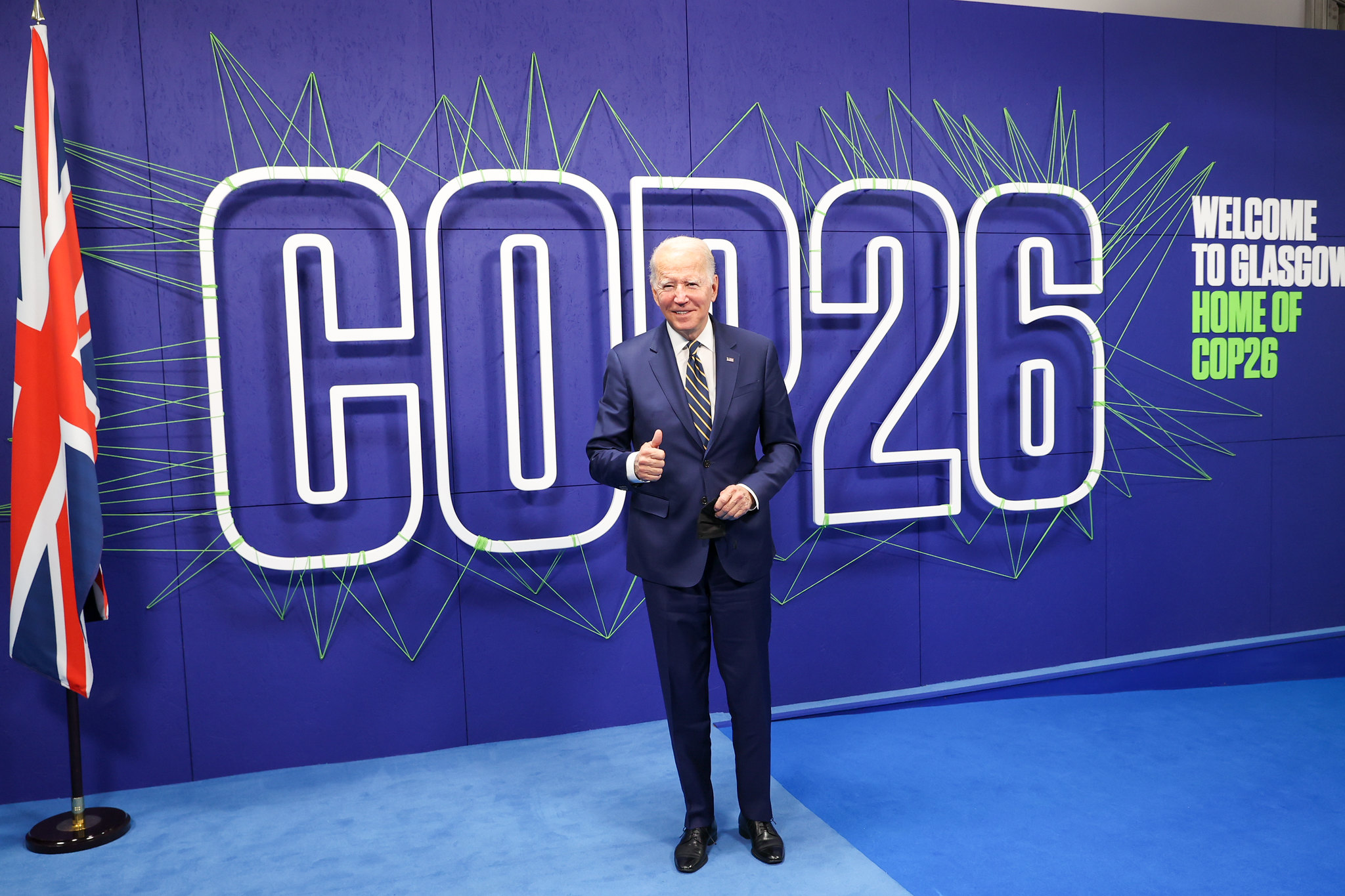News release
From:
Keeping our climate commitments is essential to limit warming
Climate pledges made at the COP26 meeting may have the potential to keep warming to just below 2 °C, but only if all commitments are implemented as proposed, suggests a modelling study published in Nature this week.
In the five years preceding the 2021 COP26 meeting, 153 parties to the 2015 Paris Agreement submitted new or updated climate mitigation goals for 2030, and 75 parties provided longer-term targets to reduce greenhouse gas emissions. Analyses of updated pledges made before the meeting have suggested that there was still a higher than 50% chance of temperatures exceeding 2 °C. Looking at the pledges made up to and at COP26 (where India also announced new mitigation goals and long-term targets), Malte Meinshausen and colleagues argue that there is still a chance to limit warming to just below 2 °C.
The authors analyse inventory data and climate targets of 196 countries from the time of the Paris Agreement until the end of the COP26 meeting in November 2021. They estimate that if all pledges are implemented in full and on time peak warming could be limited to 1.9–2.0 °C. Unfortunately, the revised pledges hold only a 6–10% chance of meeting the Paris Agreement’s more ambitious goal of limiting global warming to no more than 1.5 °C, unless substantially more mitigation action happens this decade, the authors add.
In an accompanying News & Views, Zeke Hausfather and Frances Moore suggest that “long-term targets should be treated with scepticism if they are not supported by short-term commitments to put countries on a pathway to meet those targets in the next decade”. They add that there is no guarantee that countries will meet their commitments, stating that “optimism should be curbed until promises to reduce emissions in the future are backed up with stronger short-term action.”



 Australia; International; VIC
Australia; International; VIC



